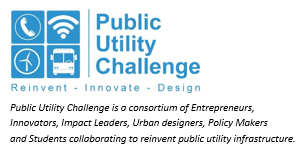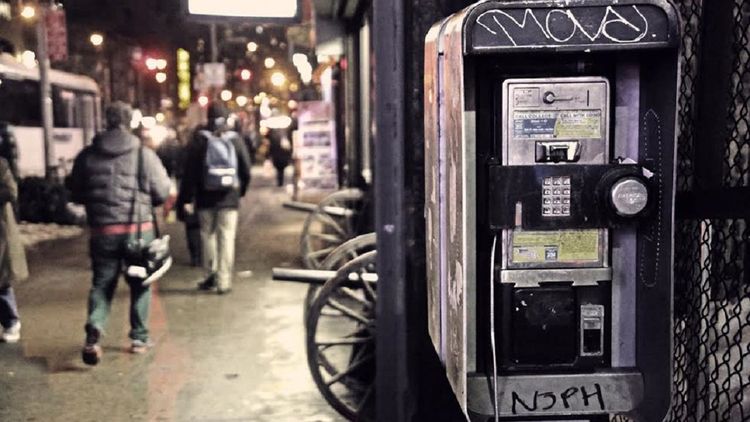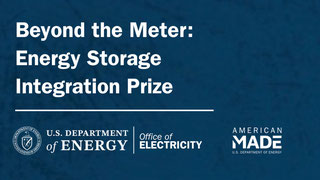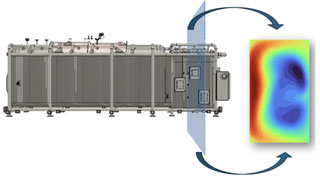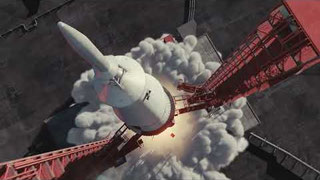Celebrating an opportunity for entrepreneurship and invention; Public Utility Challenge is launching the Innovate PayPhones challenge to reinvent the traditional street payphone. Making cities more accessible, healthier, and safer while enhancing user experience for residents and visitors alike.
#OVERVIEW
What is the Problem?
Once imperative street furnishings of cities around the world, the payphone has gone from a necessary public utility to a languishing archaic public feature, whose purpose, utility and value has been called into question over the past several decades.
But Did You Know?
The archaic payphone has been the primary means of communication in times of severe crisis and emergency (such as Hurricanes Sandy and Katrina) providing invaluable utility to all that need it. They are a public good, providing unlimited communication to people regardless of income and background, while serving as a key asset to a cities and their visitors in the forms of advertising, information and connectivity. This got us thinking.
The Solution is Simple…
With the payphones vital emergency communication utility, coupled with their occupation of valuable real-estate in high pedestrian concentrations such as parks, airports, and relevant residential and commercial areas; we believe there is life in the payphone yet. In order to become relevant again the payphone needs to reinvent its traditional telephonic functions by interacting with its residents, visitors and businesses while making cities more accessible, healthier, and safer.
We Want You!
We are looking for innovative minds. Students, design, technology, and architecture professionals, along with anyone who is interested to develop an effective solution to the Innovate PayPhones challenge. We are looking to leverage smart city technologies, and a rich and dynamic urban environment, with an attractive and effective design. The end goal being to implement your Innovative PayPhones on committed city streets around the world. Together we will embellish the payphone as a commodity of the future, not the past.

What we are looking for:
We are looking for an innovative solution that leverages smart city technologies and a rich and dynamic urban environment, with an attractive and effective design. We encourage creative freedom and originality, anyway that you think will enhance the metropolitan lifestyle, making it as convenient and relative as possible.
Besides having the component to make and receive emergency calls, there are some other requirements we would like to see in the design:
- Dimensions: Prototypes must not exceed 2 feet wide by 4 feet long by 11 feet high.
- Budget: Total fabrication and installation cost must be below twenty-thousand dollars ($20,000).
- Wi-Fi: Keep in mind that traditional Wi-Fi hotspots are roughly 8”x 8” x 4” and are best installed in a high location without physical interference. There are new Wi-Fi technologies like Super
Wi-Fi that are evolving, and entrants are encouraged to consider the latest technologies
- Printer: Thermal point-of-sale (POS) printer to produce receipts, tickets, etc.
- 2 Digital Displays: Advertising is an important means of revenue for public utilities - be sure that there are 2 large digital displays with high visibility. Size is at the designer’s discretion
- 2 IP Cameras: Cameras serve the purpose of providing surveillance in times of emergency (think on the London surveillance system) and connect other users around the world via Skype and other platforms. Cameras should be located in the front and back of the payphone
- 2 Speakers: These are a complement and integral part of speaking signage and way finding technologies. Size of speakers and potency is at the designer’s discretion
- 2 Motion-detection sensors: The main function of motion detectors is to capture energy cost savings. This way, digital signage and other drawers of energy will only be triggered when someone is around to make use of the payphone. Sensors should be placed in the front and back of the unit as to maximize the payphone’s utility.
- Solar: Solar panels that may be connected to charging batteries can save additional costs of operation. The panels should be placed on the upper end of the unit to maximize light reception and its aerodynamics should not compromise the structure in times of severe weather. Panel sizes are at the designer’s discretion
- Payment processing component: Should be able to process credit/debit cards (from any region) to pay for services or make transfers. This should be placed at an appropriate height on the front side of the unit without obstructing the main digital display.
- Elevate digital smart city platform is the expected operating system
- Compatible for all users: The project may be deployed in locations where handicap accessibility is mandated by regulation (i.e. Display Height, Brail, etc.)
We also want to encourage entrants to think on:
- Super Wi-Fi
- The Internet–of–Things (IoT)
- The Internet–of–Everything (IoE)
- Fiber
- Dynamic Spectrum
- Wayfinding
- Low Carbon-footprint technology
- Power Efficiency and sustainability
- Social Sharing – Unit design should be compatible with pre-existing smart-city technology such as a bike sharing program, or any other social activity the community engages as a whole.
The Process:
Your submission will have the following deadlines and key dates:
- Challenge Launch: 02/16/2016
- Submission Deadline: 06/23/2016 at 5.00pm EST
- Finalists Announcemed: 07/19/2016 at 9.00am EST
- Winner Announced: 08/09/2016 at 12.00pm EST
Fifteen (15) finalists will be selected by the Jury and submitted to public vote for the final winner of the competition.
Submission:
We would like competitors to submit their drawings, list of features, operational and unitary costs. Including a write-up on why you think your design meets the current and future needs of city streets.
Dream big, aim high!
Remember, only one (1) entry is permitted per individual or team.
Deliverables must include:
- Drawings; plans, sections & details: blueprints of the inside and outside of the design, detailing location and dimensions of all components and their materials.
- Video: a 4-minute long video presenting a simplified version of design drawings or a model, and a description of the prototype. Please provide a YouTube link of the video.
- Renderings; visual representations: Please include a 360-degree and up-high view of the designs detailing dimensions.
- Features List: Details on what technologic components designs contain, an explanation on their function, and most common use.
- Detailed execution & operational budgets: Operational budgets should be both in yearly and monthly figures. The cost analysis should also compare the project’s costs versus a benchmark if possible.
- 1500-character description of the project: This is where applicants will inform us on why their design is the ‘best-in-brand’. Background information on the future needs of cities, why entrants think these are important and how does their design fulfill future demand should be included.
Designs will be screened for all required deliverables. Failure to submit all requirements will result in entries being incomplete and will not be taken into consideration by the judging panel. Entrants may only submit one single design and one single version. Please ensure that submissions satisfy all mentioned requirements and will not be changed passed the submission deadline.
The Winner:
The winner of the challenge will be awarded a $25,000 cash price and the opportunity to work with current global industry leaders to have their design manufactured and installed on selected city streets in the US and around the world.
Terms and Conditions
For all terms and conditions please see the Challenges Legal Agreement. For any additional questions please feel free to post on the comments page, check out our FAQ's or go to our website http://publicutilitychallenge.org/.
Thank you, good luck and SUBMIT NOW!!
